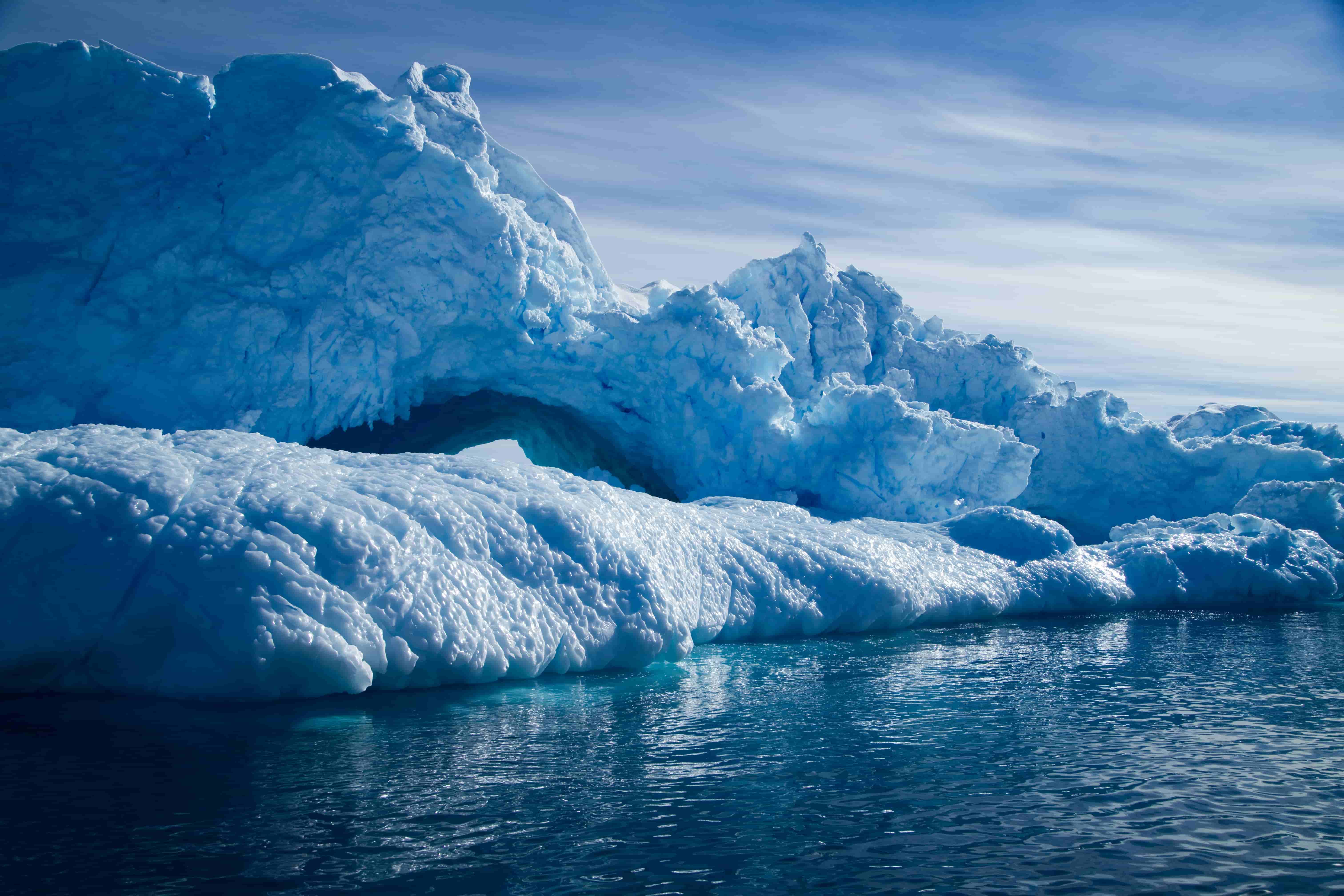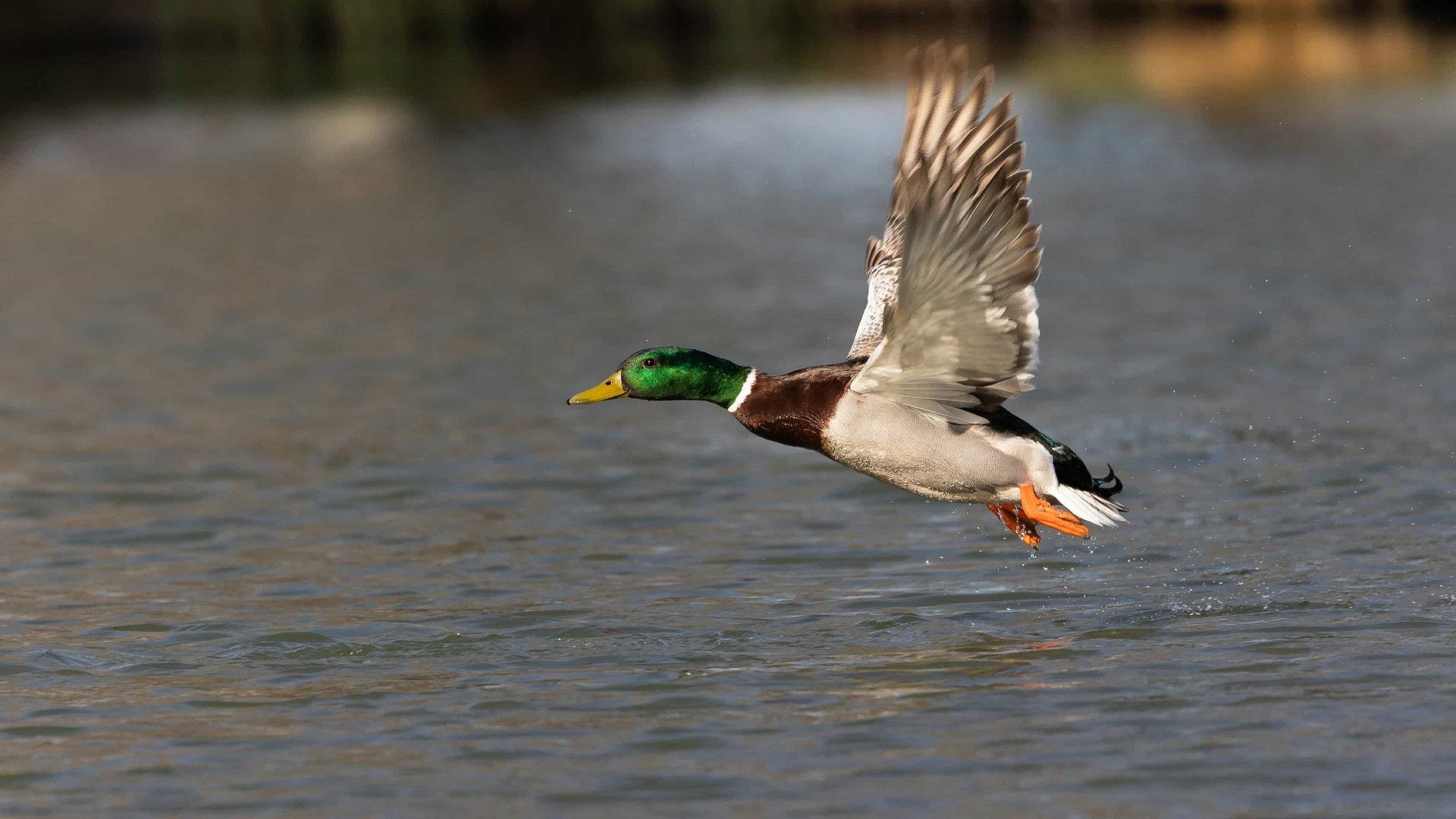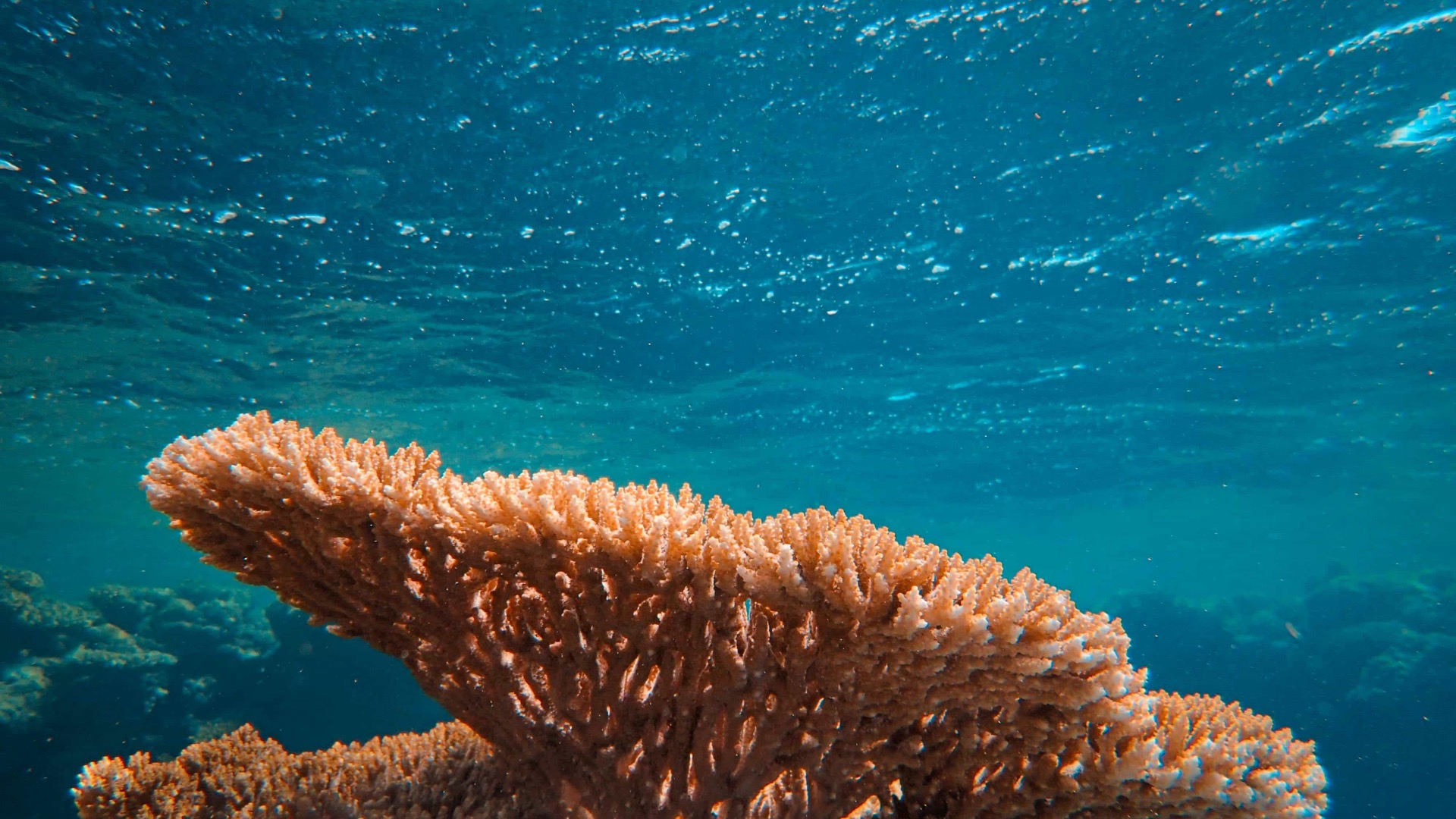The icy waters of the Antarctic may seem inhospitable, but they are teeming with life invisible to the naked eye. Recent research has uncovered a unique world of marine viruses that play an essential role in regulating microbial life and driving biodiversity in these waters. Scientists discovered that up to 75% of the viruses identified in the Southern Ocean were previously unknown, making this viral ecosystem one of the most unique on Earth. By understanding the seasonal shifts and types of viruses in the Antarctic, researchers are gaining valuable insights into how climate change could impact this delicate ecosystem.
Why Study Viruses in the Antarctic?
Viruses are tiny agents of life that significantly influence microbial populations, which form the base of ocean food webs. Marine viruses infect bacteria, algae, and other single-celled organisms, playing a crucial role in nutrient cycling and influencing carbon dioxide absorption - a key factor in mitigating climate change. In the Antarctic, where seasonal cycles are extreme, these viruses adapt to shifts in temperature, sunlight, and available nutrients, impacting both microbial communities and the wider ecosystem.
Given the Southern Ocean’s role in absorbing a large portion of global CO₂ emissions, understanding its microbial dynamics is essential. This research highlights the importance of Antarctic viruses in maintaining the health of marine environments and shows how this remote ecosystem might respond to future climate challenges.
Mapping a Unique Viral Landscape
To investigate the diversity and dynamics of Antarctic marine viruses, scientists collected samples over a productive season (November to April) in Marguerite Bay, a region known for its rich marine life. Using advanced metagenomic techniques, they analyzed DNA from viral and cellular samples, revealing an astonishing 161,000 viral sequences. About 75% of these were novel species, previously unobserved in other parts of the world. This discovery emphasizes the Antarctic as a hotspot for unique viral diversity.
Among the dominant viral types were Nucleocytoviricota, large DNA viruses that infect phytoplankton, an essential group of microorganisms for Antarctic ecosystems. These viruses showed distinct seasonal patterns, with higher abundances in December and March, reflecting their close relationship with the cycles of their microbial hosts. This discovery provides a glimpse into how viruses influence the ebb and flow of microbial life in polar waters, particularly during the bloom and decline phases of phytoplankton, which play a role in carbon cycling.
Seasonal Shifts in Viral Populations
The study found that viral communities in the Antarctic shift dramatically with the seasons. During early summer, cold temperatures and high salinity characterize the waters, creating challenging conditions for microbial life. However, as summer progresses, melting sea ice lowers salinity, increases sunlight, and allows for a surge in phytoplankton and bacterial activity. Viral populations follow this pattern, peaking during mid-summer and late-summer blooms, which promote nutrient cycling by infecting and breaking down microbial cells.
This seasonal dance of microbes and viruses influences the availability of nutrients for other marine organisms, including those higher up the food chain. In late summer, viral populations are dominated by Caudoviricetes, a group of viruses that primarily infect bacteria. These viruses contribute to a nutrient “microbial loop,” breaking down bacterial cells and recycling nutrients back into the environment, supporting the survival of other microorganisms in the ecosystem.
Implications for Climate and Conservation
With 75% of the discovered viral species unique to this region, the study provides a first step in understanding how these viruses affect carbon absorption in the Southern Ocean. Climate change, which is reducing sea ice and warming waters, could disrupt these viral and microbial interactions, potentially impacting nutrient cycles and carbon sequestration.
The study also found new types of crassphages - viruses previously thought to only inhabit the guts of animals - that were discovered thriving in Antarctic waters. This suggests that Antarctic waters are a critical source of undiscovered viral diversity, which could have far-reaching implications for marine ecosystems and global biodiversity.
As Antarctic conditions become more variable with climate change, viruses may adapt differently, affecting their role in nutrient cycling and interactions with microbial hosts. By studying these unique viral dynamics, scientists can better predict and mitigate the effects of warming oceans and changing ice patterns on one of Earth’s most sensitive environments.
This research highlights the need to continue exploring these hidden viral communities, not only to understand their ecological importance but also to ensure that the Antarctic, a vital player in global climate regulation, remains resilient in the face of environmental change.


